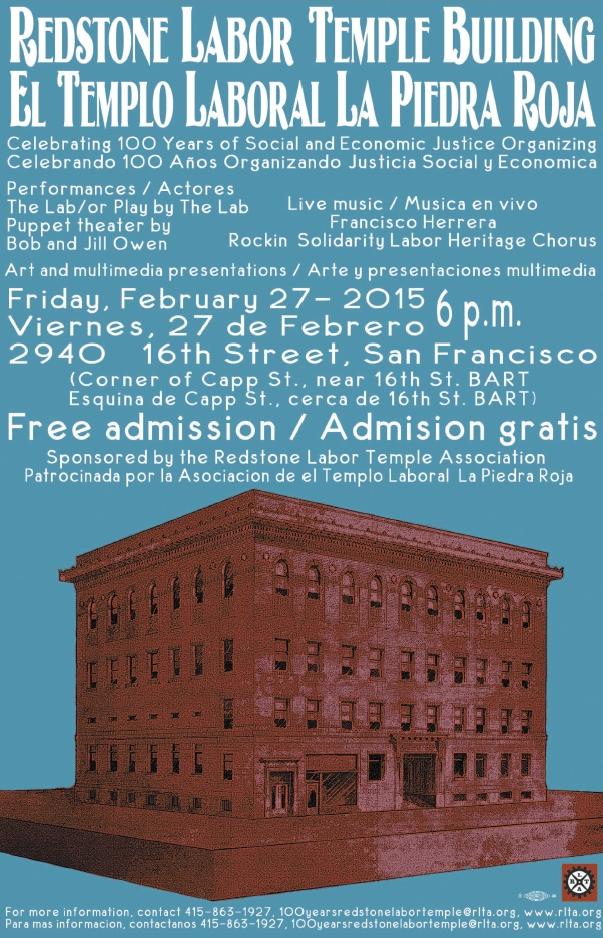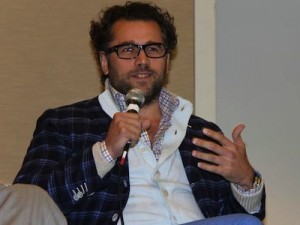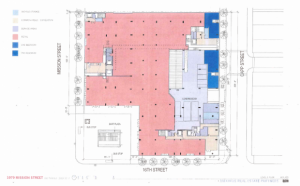“Welcome to the Redstone Building”
– By Ruach Graffis
presented July 7, 2001 and edited and revised 4/16/2002
Welcome to the historic, and hopefully soon to have Landmark status, Redstone Building. Designed by Matthew O’Brien, it was built to house the San Francisco Labor Council. There were over 130 member unions in the council at that time. Although the cornerstone is dated 1914, the weekly union newspaper, The Labor Clarion, proclaimed it opened to the public February 27th, 1915. Room for about 24 union offices, it included seven lodge halls for meetings, plus a buffet in the basement. The May 1916 Union Directory shows 54 unions using this building for their meetings. We are in the main auditorium tonight.
Today when we ask someone “What do you do?” We don’t expect the answer “Waitress, cab driver, cashier…” to define that person, because the job is likely to be transitory: today I work in a coffeehouse, tomorrow I might be a bank teller. But a hundred years ago, when travel was much more difficult, people couldn’t move every five years or change jobs on a whim. As a result, families and communities were much more stable. People were born and died in the same town, and generally in the same part of town. People identified more closely with their jobs because they probably did the same thing their whole life. Which was probably the same thing their parents had done, and the same thing they expected their children to do. Sons of carpenters became carpenters, daughters of seamstresses became seamstresses. To say “I am a teamster,” “I am a bookkeeper,” “I am a farmer,” told a lot about the speaker.
In that culture, the phrase “working class life” had real meaning: you hung out with people in your neighborhood, went to the same entertainments, to the same churches/ synagogues. Fathers walked to their jobs together, mothers did the laundry, together. There was a working class identity and culture.
But there was an overlay of the ruling class everywhere workers turned. The boss controlled you on the job, and the town’s richest families probably ran your place of worship. Beside the 3 R’s, schools, then as now, were designed to teach obedience to arbitrary authority, preparing students to accept the authority of a boss at work. Teddy Roosevelt and the Sherman Anti-Trust Act notwithstanding, in the early decades of the 20th Century, American capitalists had an almost religious fervor for business. Office buildings were built to resemble gothic cathedrals (look at the Russ Building at 235 Montgomery, sometime). In that atmosphere this building was designated as a haven from the boss, and it was called The Labor Temple. It was the place where workers could come, away from the boss, and the boss’ culture. A place where workers could help each other understand the world through working eyes, with a working sensibility. It was the one place the boss couldn’t come.
To facilitate this, the Labor Temple had pool and billiard tables, as well as reading rooms, and on the south side of the auditorium, a ladies parlor. On the second floor, the west hallway was the hospital, and the north hallway, the dentist’s offices. Medical care at prices workers could afford. In those days, a worker’s union membership might be as important as their church or synagogue membership, and the Labor Temple was the center of working class life in San Francisco. Here workers had space for family gatherings, picnics, holiday parties, benefit dances, sports leagues, and theatrical events. The seamstresses might have a dinner with the webpressmen, or the Women’s Bindery Union might have a dance with the plumbers. (I saw a dance card from just such an event at the Labor Archives many years ago. The dance card had a silken cord still attached to a slim, tiny golden pencil. The card was partially filled out in a lovely flowing hand.)
Susan Sherwood from the Labor Archives showed me an article from the Labor Clarion dated May 19, 1916 which reported that “…a ball for the benefit of a disabled (laundry worker) …was a financial success, more than $300 was raised. $300 – in a time when union machinists were striking to get $4.50 a day. Now that’s solidarity.
As unions got larger, stronger and more numerous, the Labor Temple expanded to meet the need, and sometime between 1935-40 the building got an addition, reaching its current size with room for 40 union offices.
But as times changed, the culture changed. The very moment that seemed to presage a golden age for unions was simultaneously sowing the seeds of disaster for the Labor Temple. As unions got richer, it became fashionable for them to build their own – separate – union hall. In the ’50’s, offices in the Labor Temple went vacant and even though the Labor Council renovated it in 1959, the building had become a financial drain. With only 10 unions still in residence, it was sold in 1968 to repay bank loans and other bills.
Renamed the Redstone, it struggled along for a number of years, barely paying its way. The ’70’s merged into the ’80’s and life struggled on. The owner hired an ex-Vietnam Vet with a lot of handyman skills, and life began to look up for the building. Roger is still here, taking care of the building, encouraging a sense of community. Life continued to evolve and now that the building had some help, things began to look up for the Redstone. As the ’90’s unfolded, rents began to skyrocket. Prices in the Mission lagged behind the rest of the city, so the Redstone became a haven for artistic and social action groups. Among them were: Catholic Charities, a Central American refugee underground halfway house, Global Exchange, Sex Information Center, Suicide Prevention, Gay Historical Society as well as many Central American refugee organizations in the basement. My personal favorite was an underground radio station with their antenna on the roof. They had a program on Saturday nights favored by the Mission Street “low riders.” They cranked up the music real loud and drove some of the other tenants crazy, especially the theater groups trying to have a performance.
Once again, the Redstone became a focus for a rebirth of community activity in the area. A sense of shared consciousness and solidarity began to develop within and from these groups, and in the late 1990’s, the Clarion Alley Mural Project, named for the Labor Clarion Newspaper, spent six months doing research which culminated in the murals you see in the lobby today. Aaron Nobles, a student of Tim Driescher (a Humanities professor at SF State), led the project. Muralists included other students from State as well as kids from the area: a lighthearted mural by a local teenager portrays the concerns of young girls in the area, while Twist, a spray can artist, did a sepia toned mural showing the darker side of life. A haunting depiction of lives lost to alcoholism, it is a social commentary of current life right outside our doors. Across from it, a water mural by Rigo, brings to mind the many streams that used to run through the Mission. I’m sure you have seen some of Rigo’s building-sized murals around town – the 40′ one-way signs painted on buildings: ONE TREE – pointing at the one tree by the freeway entrance at 10/Harrison, SKY/ GROUND pointing in appropriate directions at 3/Mission, and CAR/BIRD at 16/Bryant.
The Filipino culture of the Mission is portrayed with a couple, dressed in their finest, dancing down the main hallway, a remembrance of the times when the Filipino Senior Center was located in the Redstone auditorium and the tenants were serenaded daily with live music. Susan Green’s mural over the elevator on the ground floor celebrates the Bindery Women’s union. Going up the stairs and into the main hall you’ll see the 1948 Emporium strike by the saleswomen of Local 1100, and the Chinese women’s garment workers strike in 1938, marking their entrance into organized labor in San Francisco. In the main portion of the lobby is the dramatic depiction of Dow Wilson throwing out the corrupt Secretary of the Painter’s union in 1966. Unfortunately that wasn’t the end of the story: next to Dow is the newspaper article, dated April 5, reporting Dow’s murder just around the corner on South Van Ness, days later. The inside front wall honors the original Native American inhabitants of this area, the Ohlones, with a bone harpoon tip being uncovered by a construction worker as he digs the foundation for this building. You know he was a union worker.
The most prominent murals as you walk by on the street, are scenes from the 1934 General Strike, probably the most famous incident in San Francisco labor history. The longshoremen and seafarers lived on the fringes of society in conditions, that even for those times, were abominable. The longshoremen had to pay for their jobs on the dock, the seafarers were little more than slaves on the ships. They wanted no more than any worker wants: dignity on the job and off, justice, a living wage. (Sound familiar?) They were willing to strike because their conditions were so bad, they had almost nothing to loose. In the mural look for Vincent Hallinan, Harry Bridges, an African/American man (whose name I am trying to track down) and Garment Workers’ organizer Jenny Matyas. An inset reproduces a picture of two men shot at Steuart and Mission Streets on July 5, the day known as Bloody Thursday.The longshoremen and seamen had been out on strike for weeks without much success, few other unions had joined them in sympathy, but the strikers hung on. The shipping companies were determined to bring the strikers to their knees and stop the strike. They had hired armed guards as well as San Francisco police to do their dirty work. For several days there had been fighting on Rincon Hill. On July 5, just outside of the strike kitchen at 113 Steuart, an unnamed policeman fired into a crowd of longshoremen and their sympathizers, shooting several of them. Two died. The deaths of Howard Sperry and Nick Bordoise stunned the public and galvanized the rest of the unions to support the struggle.
On July 9, a funeral procession bearing their bodies walked down Market Street. Estimates range from 15,000 to 50,000 in the procession. More thousands lined the sidewalks. Fearing that sight of police on the streets would incite workers further, City Hall agreed that the strikers would be in charge of crowd control. There was no talking… no sound except a quiet funeral dirge, and the tramp of feet… but the air was electric with that sound. Their deaths – and that march – forged the solidarity that became the West Coast General Strike.
The march ended at 17th and Valencia at the mortuary, just two blocks away. (Possibly Duggan’s, which is still there.) No doubt many mourners walked over to the Labor Temple afterward to be together. To try to make some sense of what was happening. To decide what to do next.
We are once again, trying to figure out what to do next. For a while, we lost our identify as workers, but after all these decades, a union sensibility and working class culture is returning to the Redstone, to the Labor Temple. The IWW has its office on the 2nd floor, as do the taxicab workers, of which I’m a member. The Organizer newspaper, voice of the Labor Party, is on the second floor. Mission Agenda helps tenants of the residential hotels in the area, giving away free food every Tuesday. (Supervisor Chris Daly made his bones with this group.) Youth Credit Union, run by and for kids is on the third floor. A credit union for all local residents shares the same space. If you were to sit and have a cup of coffee at Chile Lindo some afternoon, you would see the need for The Homeless Children’s Network and Coalition on Homelessness, also headquartered at the Redstone. The need for these services has become ever more acute with the simultaneous sky high rents and “.com” evictions.
And when the world gets too much for you, we have Spiritmenders in the basement. An environmental consciousness is visibly represented by the Green Party and Abalone Alliance, probably the oldest groups in the building. The group “Art and Revolution,” on the first floor, may most perfectly embody the spirit of our unifying force: they make the huge 15′ “puppets” you see at many rallies these days. Reasonably priced health care is still on the second floor: Dr. Yeh runs an acupuncture clinic and April, one of the artists on the third floor, has a part-time massage-therapy business. Our motley crew also includes three theater groups, several artists, and even a few small businesses. You get the picture: the Redstone derives its unity from its diversity, and gives back to the community from the strength which results.
As I look around tonight at our diversity, I see a perfect marriage – the LaborFest at the Labor Temple.
It’s begun to warm up in the Mission again, worker energy is rising. Coalitions are forming. We are building a worker sensibility here on 16th Street, developing our Workers Culture, making contacts, making friends, forging alliances in the building and beyond. Local merchants gave money or provided food for us tonight. Many of us are active in the drive to create a MUD in SF. If we each had a little office in a little separate store front, isolated, alone, how long would it take to create the same energy? Would we ever?
That’s the point of buildings like this: they create community. Forge solidarity. Together we support each other and become stronger than we could ever be fighting alone.
We’ve formed a tenants organization, and meet regularly. The hallways have become friendly places. We share paint to make protest signs, and go to each other’s rallies. An elevator ride can help keep two people up-to-date on each other’s issues, and maybe even produce a suggestion on how to lobby city hall about a problem. Members of the United Taxicab Workers help Mission Agenda with organizing the food bags on Fridays, we give them free cab rides and they let us use their big room for our meetings. Dr. Yeh, the acupuncturist, has a built-in client base. Members of the Green Party and Abalone Alliance work together on projects, and are spearheading our work to create a MUD. Charles is our security guard – no small task in this neighborhood! – and hand delivers the mail to each office, stopping to chat and check on everyone in the building. He is a one-man community connection. And so is Roger, the Redstone’s manager, who hosts the building internet server. We couldn’t live without it – or him.
Almost every group in the building is a member of the Redstone Tenants Association. We got a small grant and have hired Betty Traynor, the longest tenant in this building to be our organizer. We want to buy this building, we want save this precious piece of workers culture from destruction. We need your help.
We are here tonight, in the hall where the strike vote was taken in 1934 that sent the 175 unions of the SF Labor Council out on strike in support of the Longshoremen and Seafarers. The Strike Committee had already written up the motion. You would recognize many of the names on that strike committee: Jack Shelly, A. Noriega, Mike Casey, and of course, Harry Bridges. The meeting was held on Saturday, July 14, with the strike to commence on Monday, July 16, at 8 AM. A hod carrier, by the name of Joe Murphy, made the motion.
I tried to find out where Joe was standing when he made that fateful motion, but he is dead and no one else seems to know. It could be any where in this room. You could be sitting where Joe was sitting that night. Are you ready to help carry that tradition forward?
I know you have given as you came in the door, but we’re asking – if you can – open your wallets, purses, pockets and checkbooks. There is a furry box coming around that would be warmed by your contribution.
The community of the Redstone Labor Temple thanks you.
Acknowledgments:
I would like to thank Archie Green for deep background filled with the minute details of the labor movement that makes it live, Roger Herried for wonderful long talks about the building we both love, and Susan Sherwoood who shared her extensive knowledge and sent great faxes!
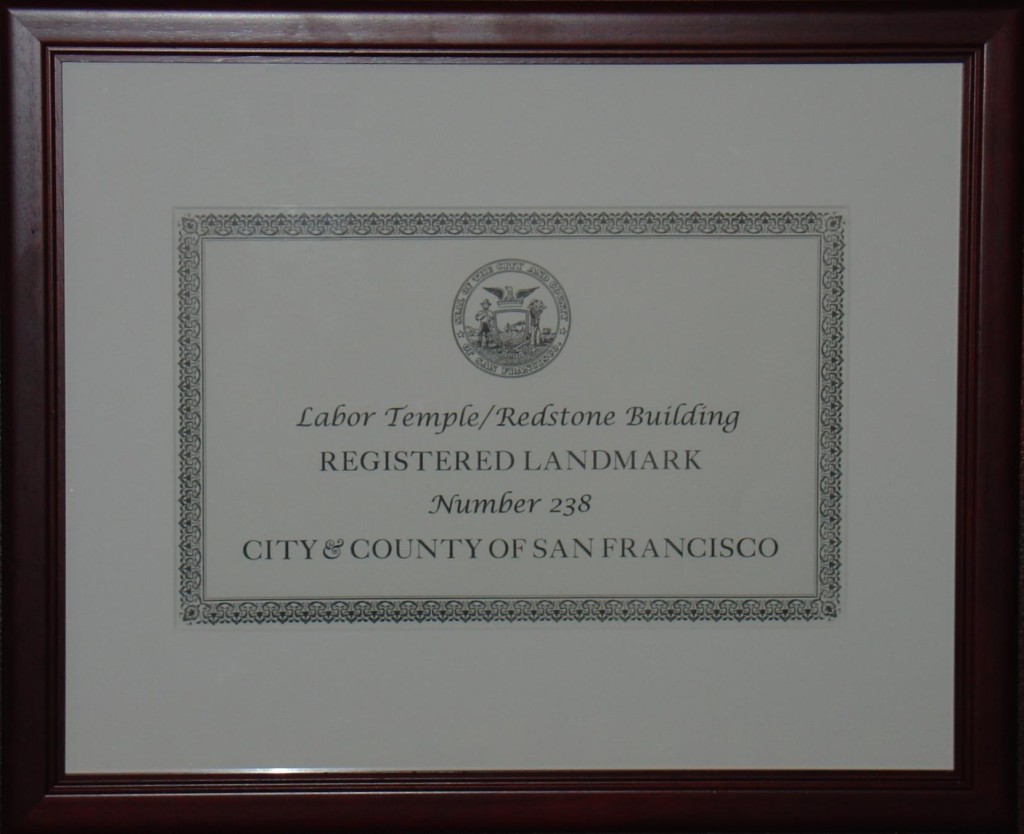

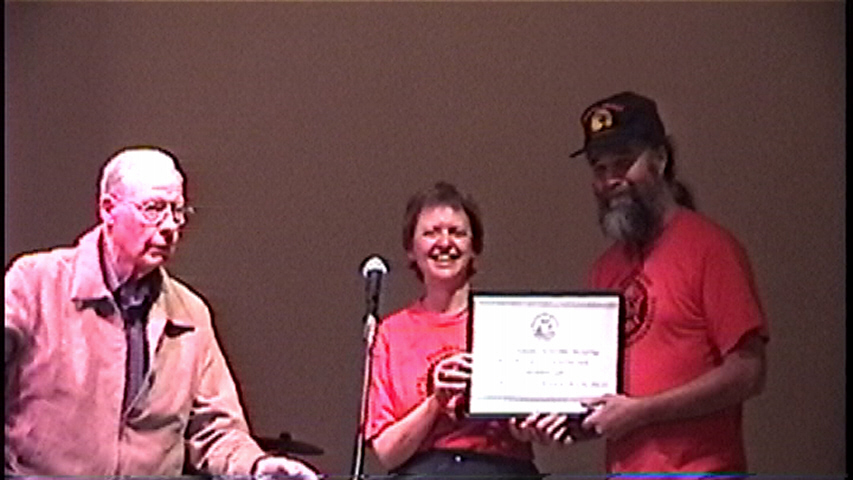
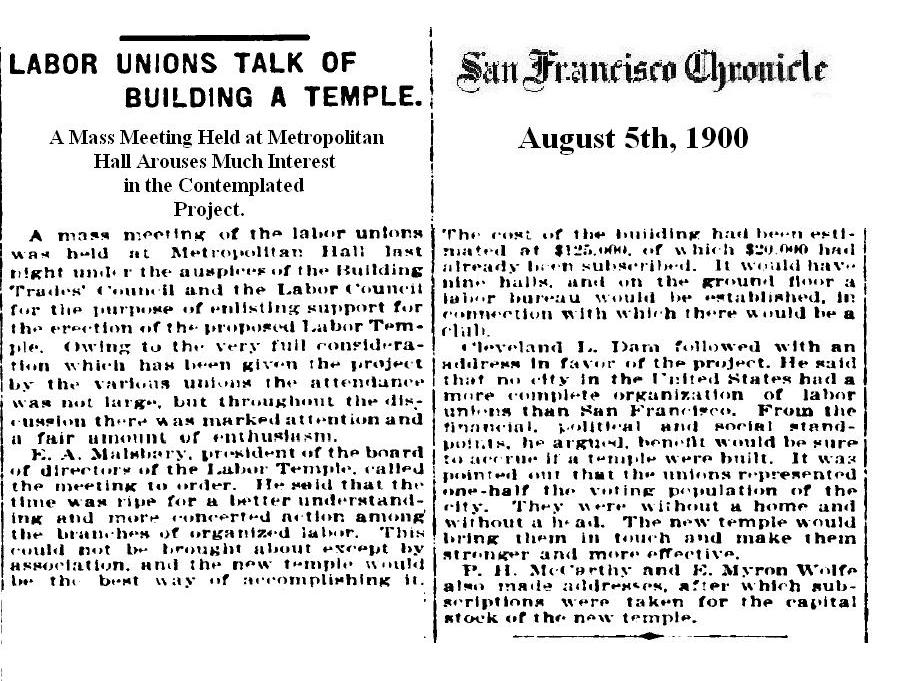
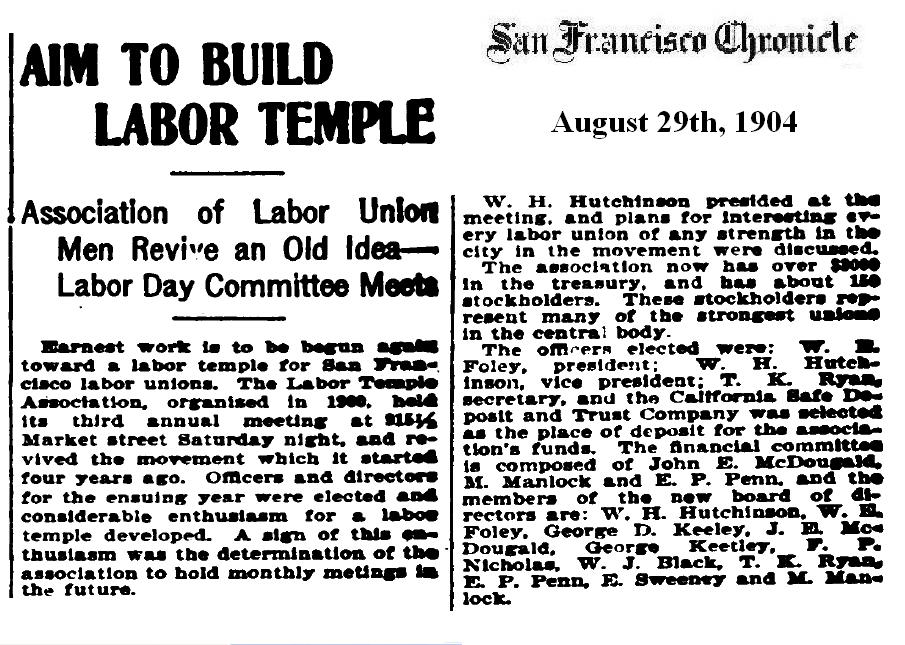
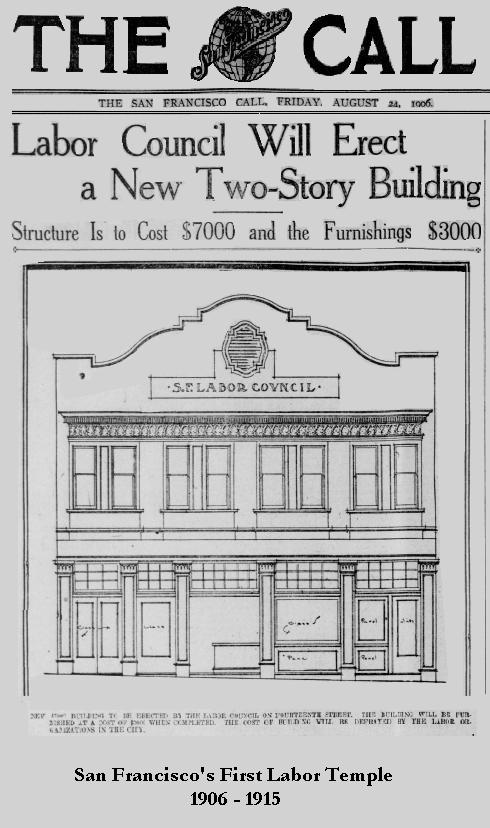
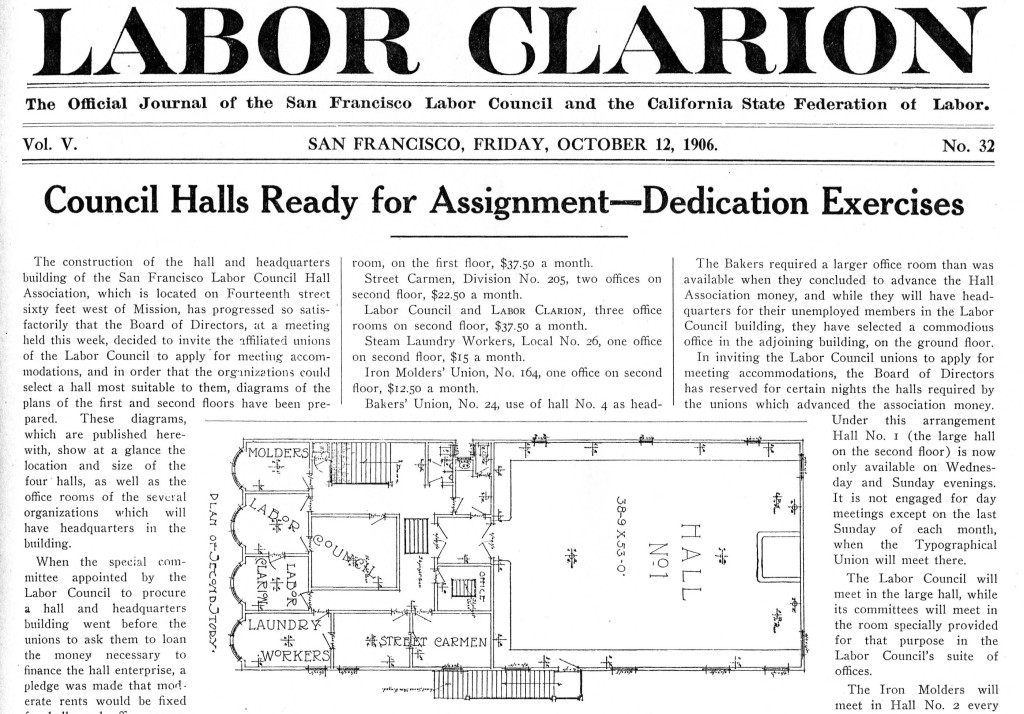
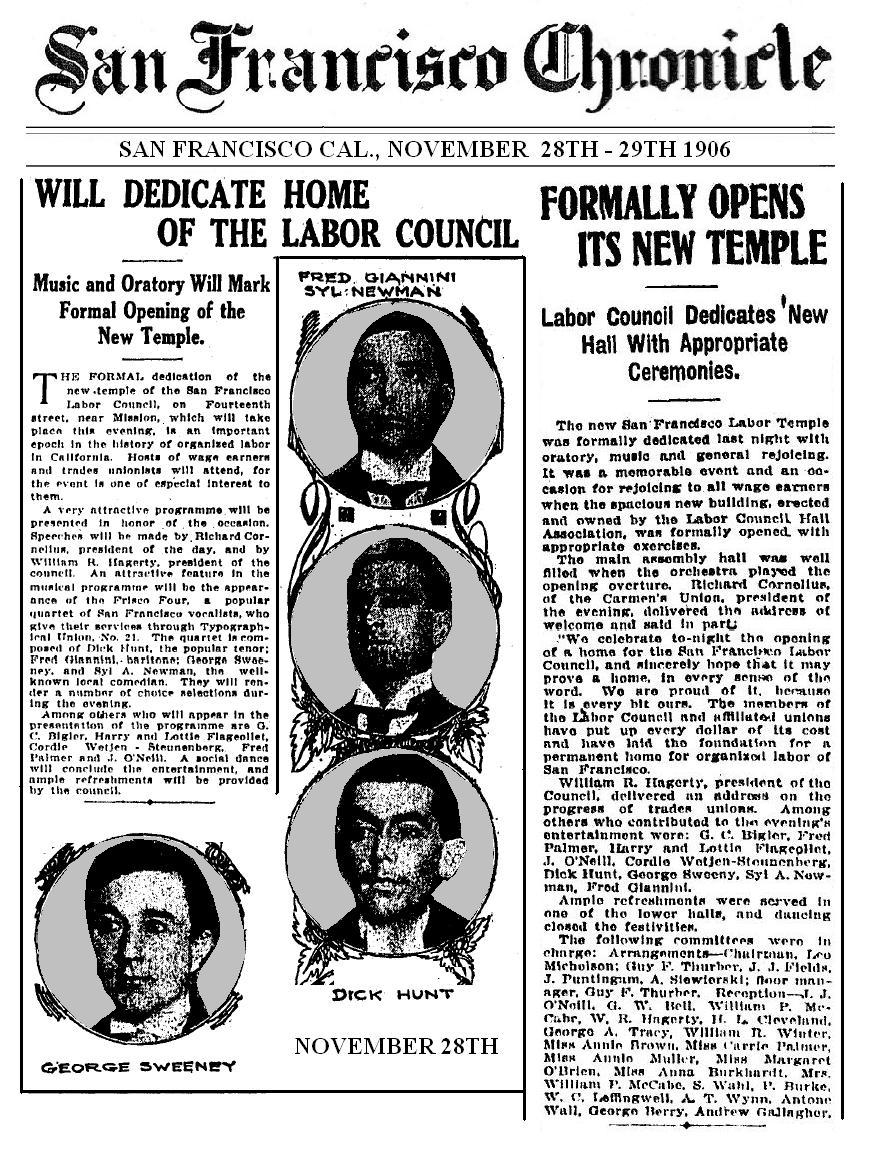
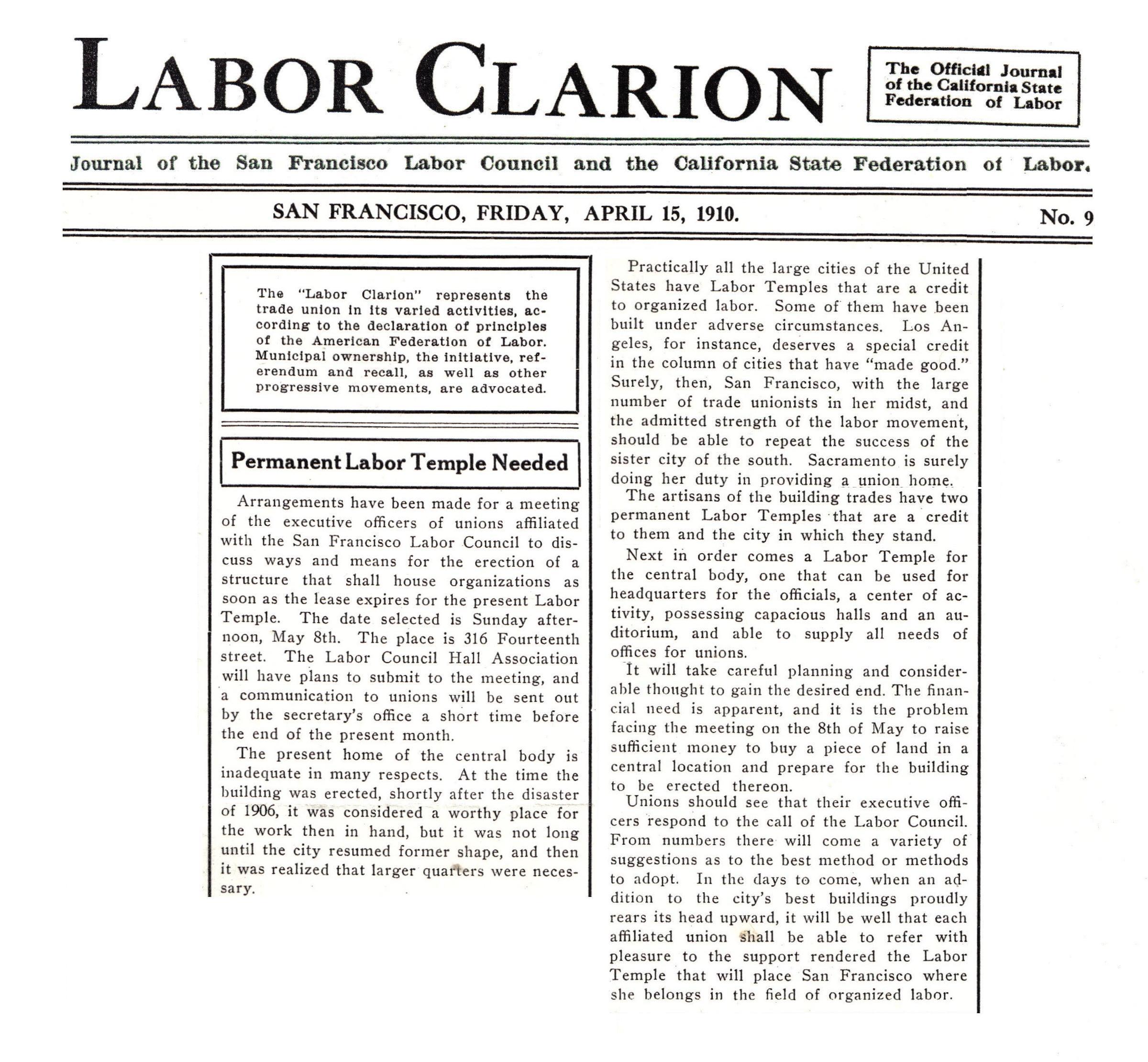
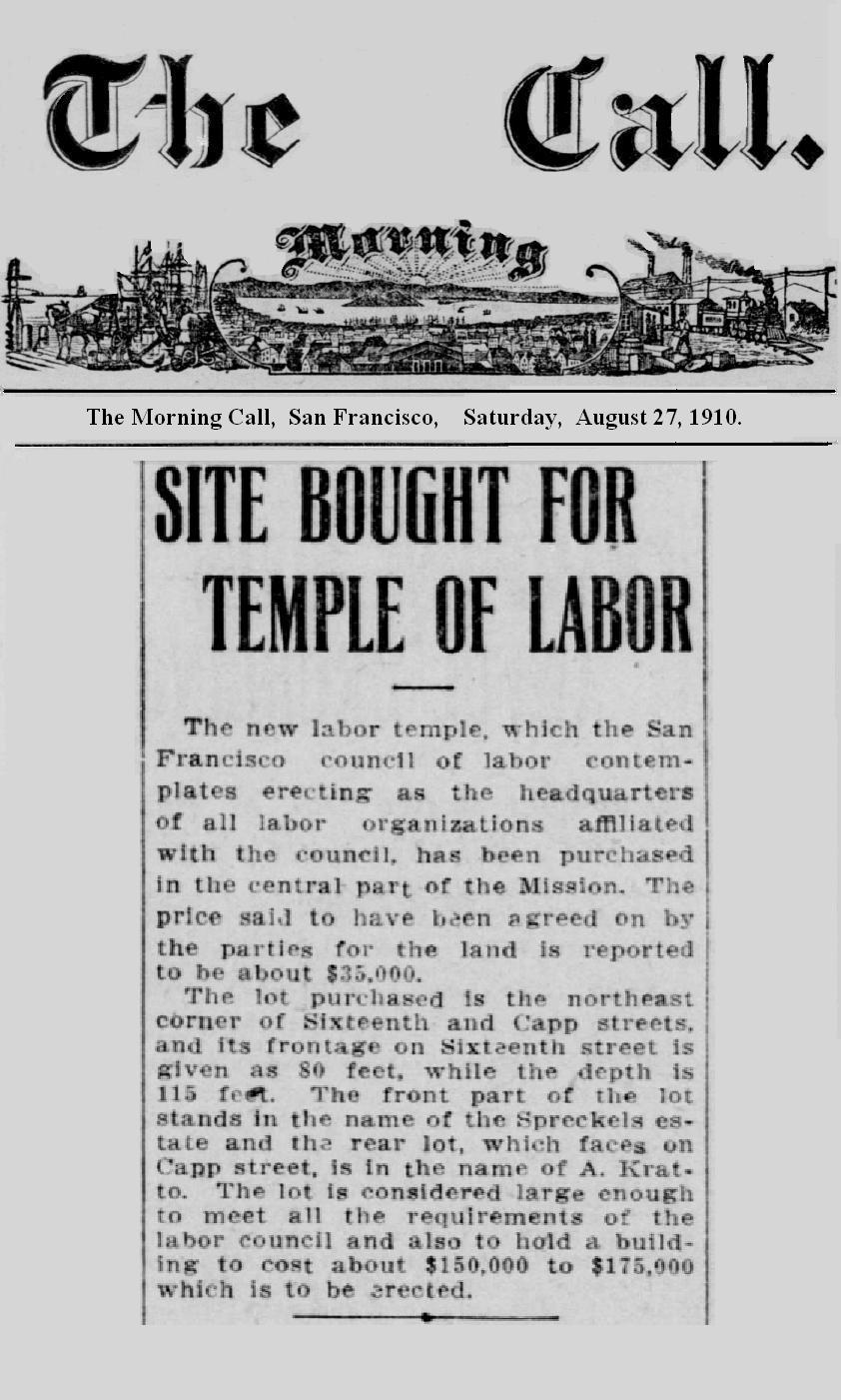
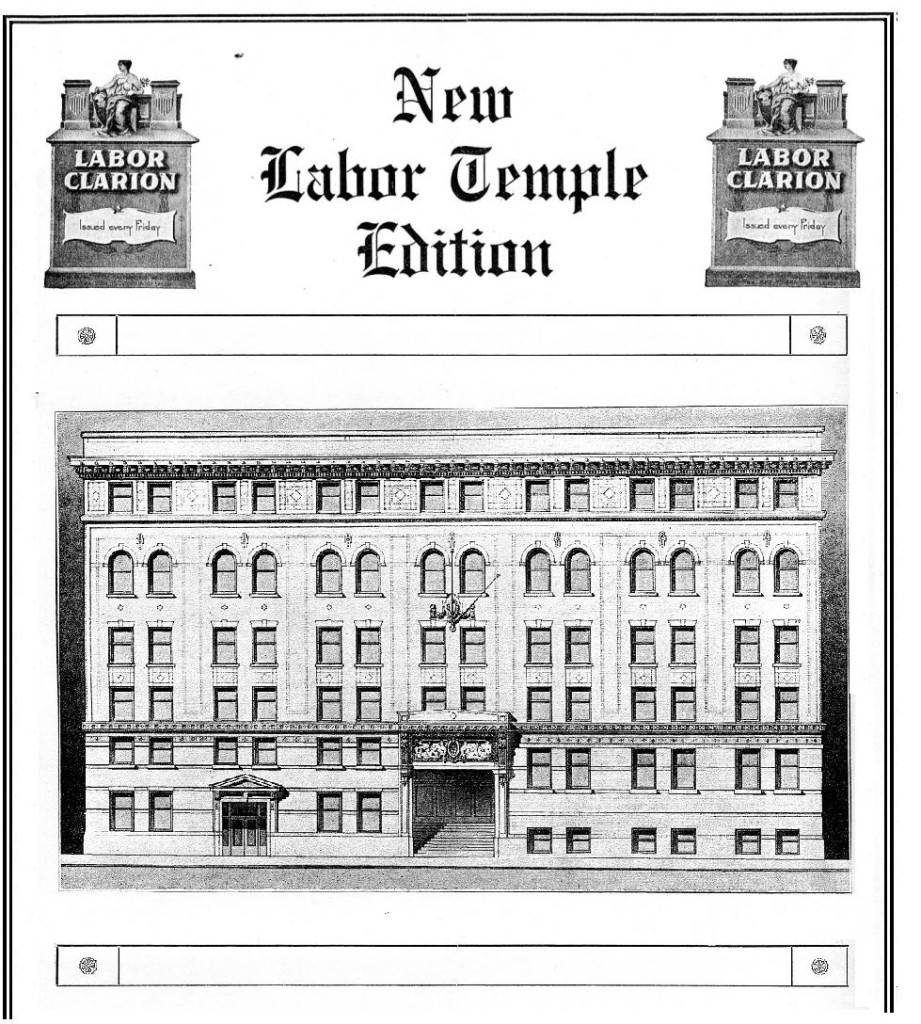
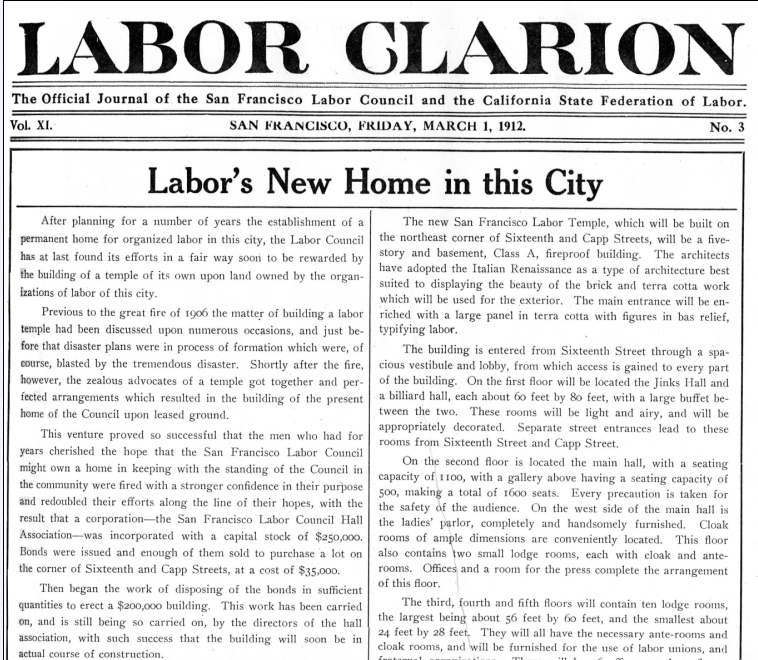
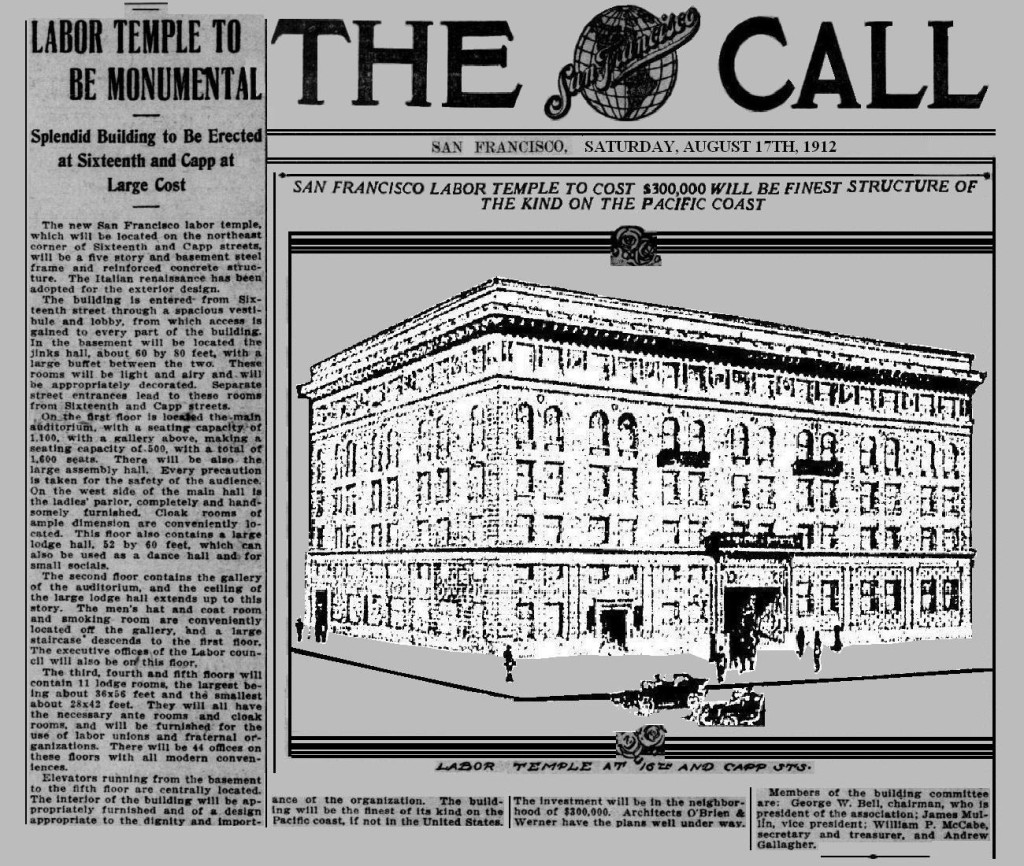
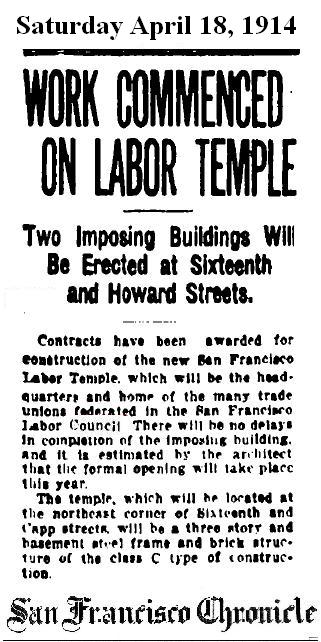
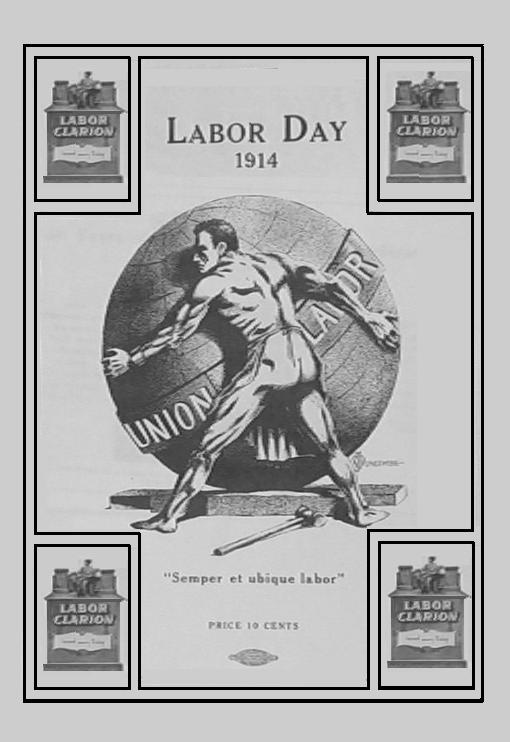
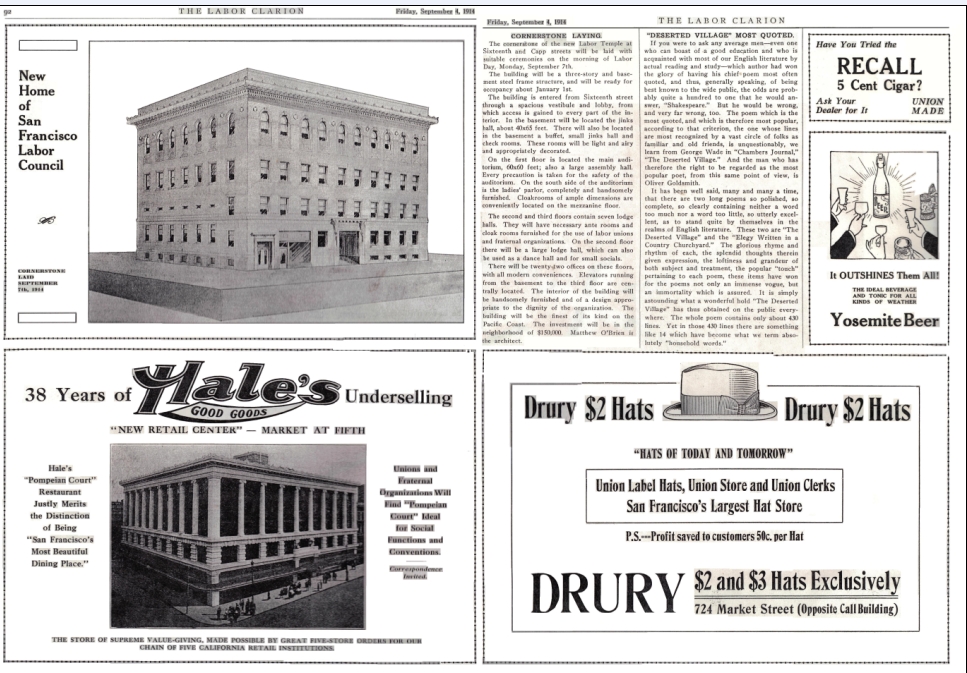
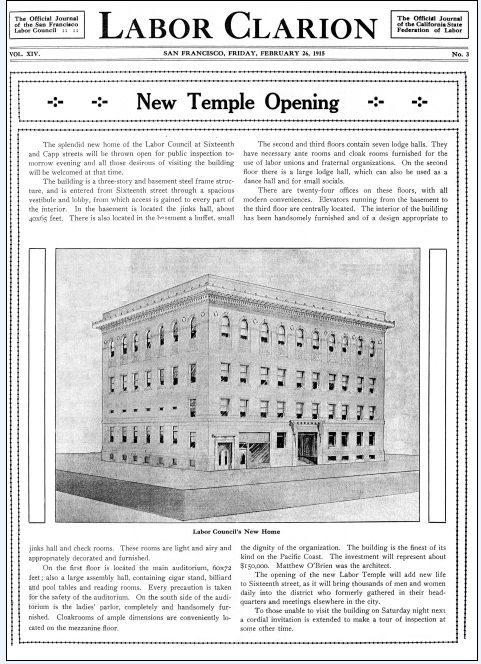
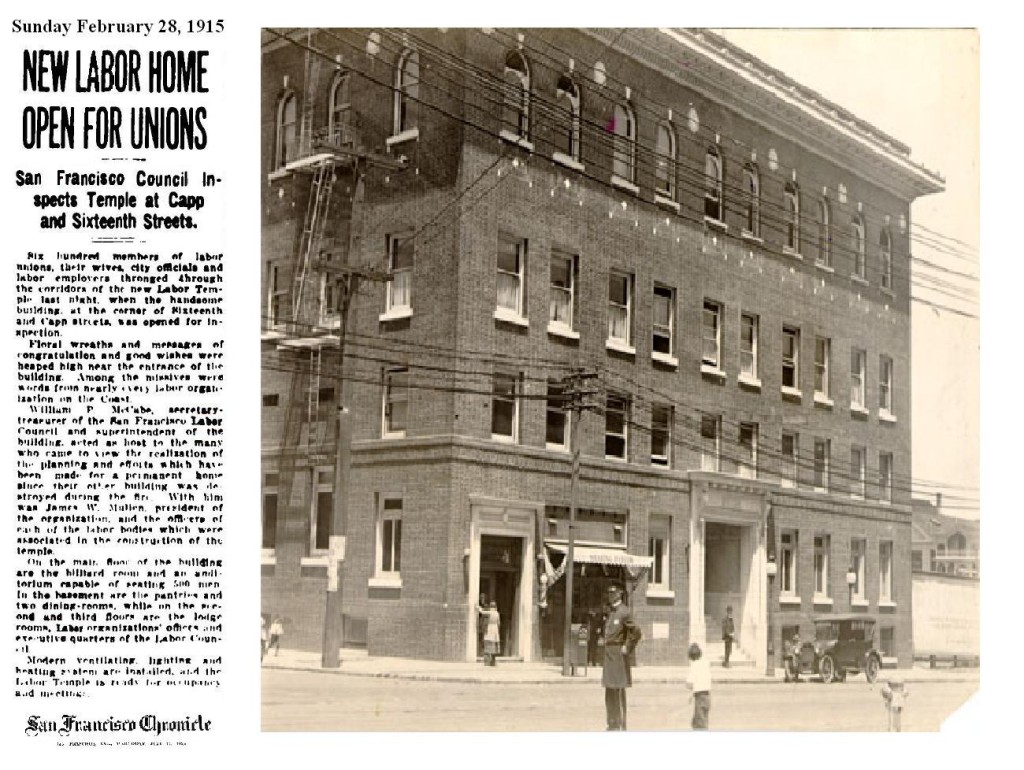
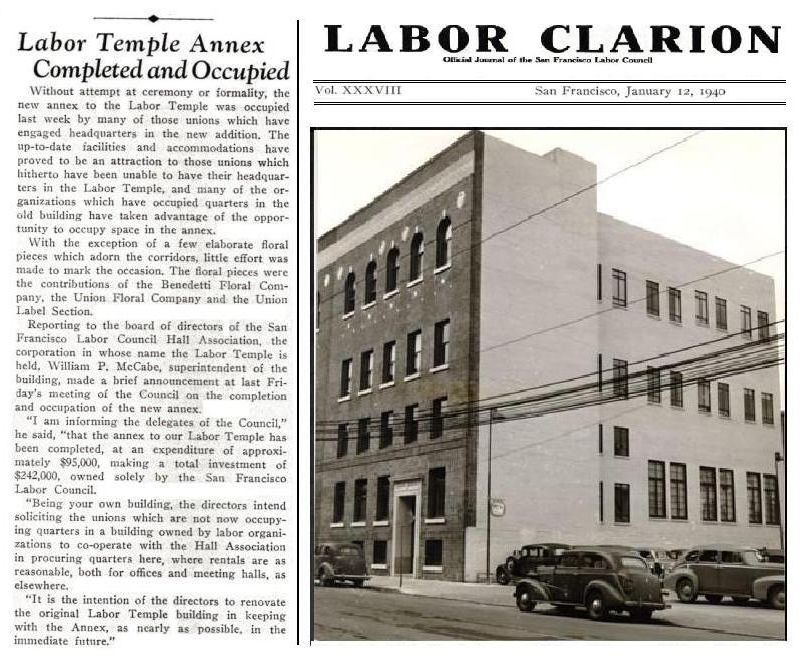
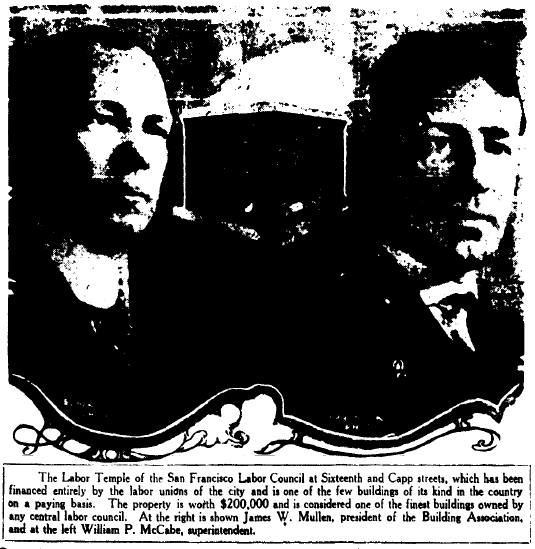

 Be prepared for some Brechtian Theatre created by
Be prepared for some Brechtian Theatre created by 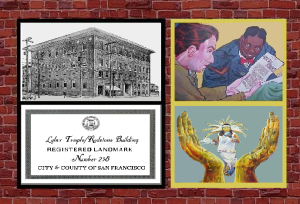
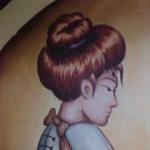
 Supervisor David Campos, San Francisco Labor Council, former Assemblymember Tom Ammiano. Frank Martin del Campo, president of the Labor Council for Latin American Advancement will emcee the event[/wpspoiler][wpspoiler name=”Rockin’ Solidarity Labor Heritage Chorus” ]
Supervisor David Campos, San Francisco Labor Council, former Assemblymember Tom Ammiano. Frank Martin del Campo, president of the Labor Council for Latin American Advancement will emcee the event[/wpspoiler][wpspoiler name=”Rockin’ Solidarity Labor Heritage Chorus” ]
 Theologian, Cultural Worker, Singer-Songwriter, Francisco Herrera brings together different styles of music to promote human rights and Social Justice Latest album
Theologian, Cultural Worker, Singer-Songwriter, Francisco Herrera brings together different styles of music to promote human rights and Social Justice Latest album 